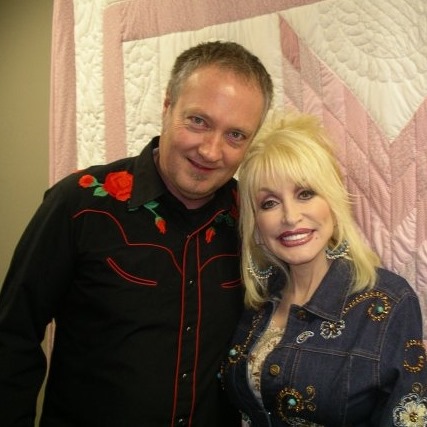After the pleasures of Pyjamarama and Virginia Plain the last thing I expected was for Roxy to turn their hands to funk. Love Is The Drug is nothing if not funky. It’s also archetypal Bryan Ferry: louche, sophisticated, sexy, urbane, expensive, nocturnal… and a little bit pretentious.
The opening of the song is just magnificent: the single parp of a sax sets off that propulsive bassline. Then the click as the door of a luxury sports car is opened. The throaty roar of a V12 engine being accelerated. The sound of Pirelli tyres on the gravel driveway of a country house.
Our hero, doubtless dressed in black tie with his hair swept back into a rakish quiff and a silk scarf loosely draped around his neck, looking a lot like Bryan Ferry, accelerates towards Mayfair for a night out in Tramp or Annabel’s.
“Late that night I parked my car, staked my place in the singles bar.” It’s pure Ferry. As is the deferred gratification at the end: “Dim the lights… You can guess the rest.”
So is the video, in which Ferry, posing inscouciantly in front of two glamorous Andrews Sisters lookalikes, sports a kind of Elvis-in-the-Army uniform topped off with an eye patch; not just for show, but the result of an accident requiring a hospital visit. “I had walked into a door or something,” Ferry later recalled. So definitely not a mishap with a coke spoon, oh no.
Love Is The Drug was the first single from Roxy’s fourth album Siren, marking their move away from the experimental style with which they had made their name, towards a more traditional rock sound.
Surprisingly, the song had begun life very differently. As Andy Mackay recalls it, when he first composed it on an electric piano. “It had a distinctly English-y sound inspired by 20th century classical composers like Ralph Vaughan Williams… a folk-harmony feel influenced by early church music.”
Ferry and the band sped it up and injected a Latin dance feel with a syncopated elements influenced by Jamaican ska, while Mackay introduced that uncharacteristic (for him) soul-style sax fanfare at the beginning and on the chorus, influenced by the horns of old R&B records.
That rubbery bassline, later acknowledged by Nile Rodgers as a big influence on his own Good Times by Chic, is composed and played by John Gustafson: one of the oddities of Roxy is that their bass guitarists were never officially part of the group, and they used different ones at different times – Graham Simpson, John Gustafson, John Wetton, Gary Tibbs, Alan Spenner.
The single, and album, are produced once again by Chris Thomas, who as a young man had turned down an offer to join Jimi Hendrix’s band, preferring to work behind the scenes, programming the synths on early albums by David Bowie, Elton John, Leonard Cohen and Chicory Tip’s ghastly Son Of Your Father.
His first production work was on The Beatles’ White Album (taking over when George Martin went on holiday in the middle) and Procol Harum – where he met Ferry, forming what would become a long working relationship with Roxy Music.
Thomas went on to mix Pink Floyd’s Dark Side Of The Moon and, in a very different vein, produce another landmark album, Never Mind The Bollocks, for The Sex Pistols. But his most creative work was with Roxy Music.
